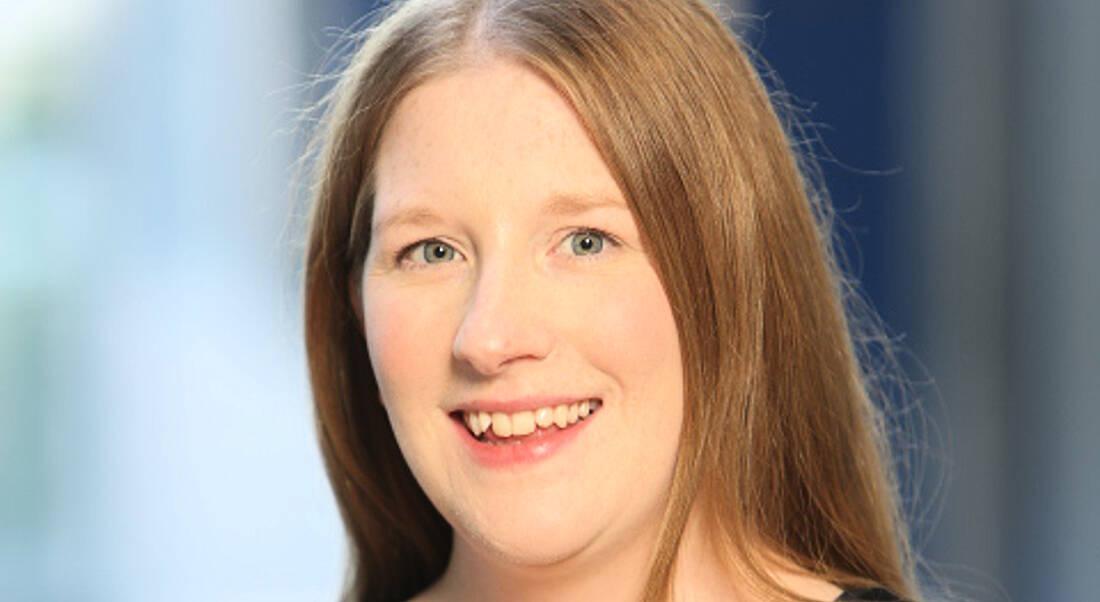There are certain careers within STEM that we feel we understand, even if only on the surface. Others are a little more obscure.
One of those relatively obscure careers is ‘researcher’. How, you might very well ask, does a researcher pass their day? What do they actually do?
Dr Lynette Keeney, a staff researcher at Tyndall National Institute, gives us some insight into that very question, explaining her work, and talking us through the skills, tools and processes she uses in a given day.
What is your role within this company?
I am a staff researcher at Tyndall National Institute, University College Cork (UCC), where my primary role is as principal investigator for materials-science-related research projects.
If there is such a thing, can you describe a typical day in the job?
My main activities are involved with the implementation of research projects, so this means that my typical work duties vary from day to day.
Some of my responsibilities involve preparing research proposals for submission to funding agencies, carrying out the technical aspects of research projects (synthesising nanostructured thin-film materials and characterising their properties), supervising and teaching post-graduate and undergraduate students, and managing budgets, schedules, reports, etc, for the projects.
Research outputs are communicated to project partners and to industry partners during meetings and to other academics at national/international research conferences, and by preparing journal articles for peer-review publication.
I am also involved in the teaching of chemistry to undergraduate students in UCC.
What types of project do you work on?
Currently, my research centres on the development, synthesis and investigation of new materials that possess both ferroelectric (permanent electric polarisation, the direction of which can be reversed by an applied electric field) and ferromagnetic (permanent magnetisation, the direction of which can be reversed by an applied magnetic field) properties.
High data density, energy-efficient memory devices based on these so-called ‘multiferroic’ materials have been roadmapped as promising architectures for memory-scaling beyond current technologies.
One family of materials currently under investigation are those in the Bim+1Ti3Fem-3O3m+1 Aurivillius phase system where, on increasing the number of perovskite layers (m) in this naturally-layered bismuth oxide system, the microstructural, magnetic and physical properties of the materials can be altered significantly.
Until very recently, no materials showed genuine single-phase multiferroic effects at room temperature, therefore, no such magnetoelectric multiferroic devices exist. My discovery of a rare and genuine multiferroic material system – Aurivillius phase Bi6TixFeyMnzO18 – demonstrating magnetoelectric coupling at room temperature could have significant implications for future-generation computer storage applications with multiple bits per memory element.
Therefore, my work focuses on exploiting this material and on addressing the intriguing research questions that this new discovery opens up.
What tools do you use on a daily basis?
The synthetic techniques that I use are chemical solution deposition (CSD) and liquid injection chemical vapour deposition (LI-CVD).
CSD is a flexible wet chemical technique, which is useful for exploring new material systems, whereas LI-CVD is a machine-based technique, which allows the optimisation of thin films and nanoscale control of thickness. Thin films are analysed structurally in the first instance by X-ray diffraction, scanning electron microscopy and atomic force microscopy, etc.
To explore ferroelectric properties, I use piezoresponse force microscopy, which is a powerful tool for locally probing electromechanical phenomena at the nanometre scale. This kit can also allow for the analysis of nanoscale material properties under a variable magnetic field.
What is the hardest part of your working day?
Missing my toddler.
Do you have any productivity tips that help you through the working day?
It is helpful sometimes to turn off your emails so that you can fully focus on your best work.
When you first started this job, what were you most surprised to learn was important in the role?
I was surprised at just how interdisciplinary the role is. My former qualifications are in chemistry, but my research in this role has led me to explore the fundamental physics behind the material properties, and has allowed me to expand my knowledge in other areas, such as mathematics and engineering.
How has this role changed as this sector has grown and evolved?
The growth in big data consumption means that the outputs of my research – in terms of developing high-density memory storage – has become increasingly important in sustaining consumer demand for increasing levels of data creation.
What do you enjoy most about the job?
I love designing and developing new materials, and investigating the interesting properties they may generate.
Looking for jobs in tech or science? Check out our Featured Employers section for information on companies hiring right now.




